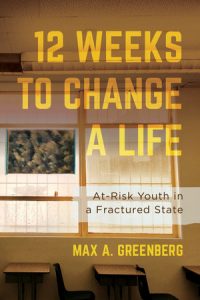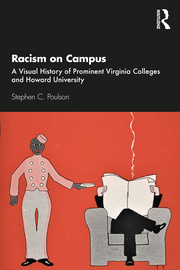Tag Archives: Education
Twelve Weeks to Change a Life: At-Risk Youth in a Fractured State
Greenberg, Max A. 2019. Twelve Weeks to Change a Life: At-Risk Youth in a Fractured State. University of California Press.
 Hailed as a means to transform cultural norms, interpersonal violence prevention programs have reached nearly two-thirds of high school students in the United States today. Twelve Weeks to Change a Life: At Risk Youth in a Fractured State explores the consequences of this slow-rolling policy revolution for the young people marked for intervention. Drawing on over three years of fieldwork in schools across Los Angeles, as well as historical research into shifting approaches to interpersonal violence, Greenberg examines the reorganization of social policy into a system of short-term grants and fleeting programs, which he refers to as the ephemeral state, and the way this system shapes the stories young people tell about themselves and the state. In addition, he show how statistical surveillance enables new ways to think about and act on harm, giving rise to the category of at-risk youth and in turn shaping the identities and relationships of young people and state actors alike.
Hailed as a means to transform cultural norms, interpersonal violence prevention programs have reached nearly two-thirds of high school students in the United States today. Twelve Weeks to Change a Life: At Risk Youth in a Fractured State explores the consequences of this slow-rolling policy revolution for the young people marked for intervention. Drawing on over three years of fieldwork in schools across Los Angeles, as well as historical research into shifting approaches to interpersonal violence, Greenberg examines the reorganization of social policy into a system of short-term grants and fleeting programs, which he refers to as the ephemeral state, and the way this system shapes the stories young people tell about themselves and the state. In addition, he show how statistical surveillance enables new ways to think about and act on harm, giving rise to the category of at-risk youth and in turn shaping the identities and relationships of young people and state actors alike.
